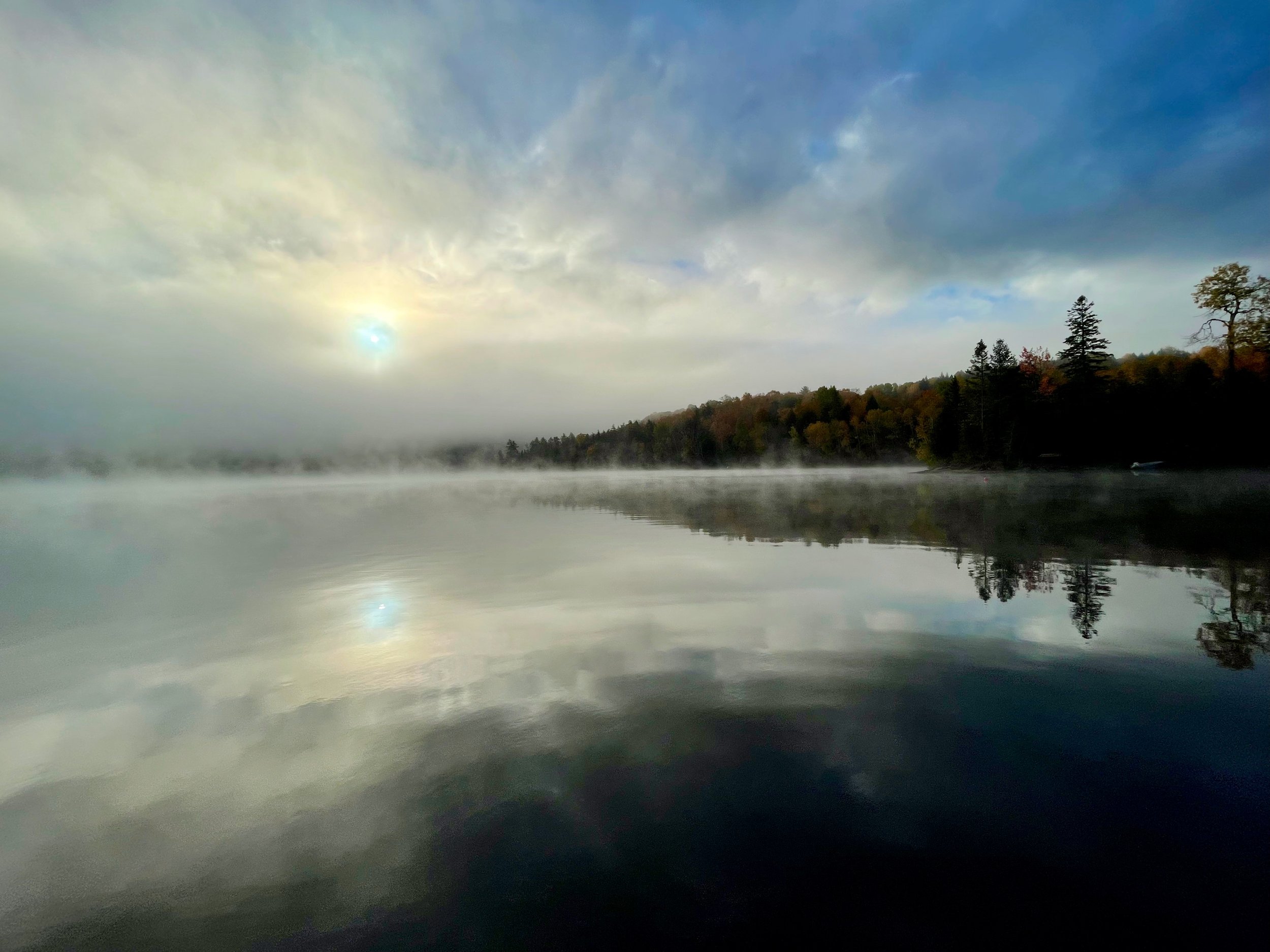
The shoreline is a
critical zone in
preserving the
ecological balance
of any lake.
The shoreline is a narrow section of land bordering lakes, stream and rivers. It extends towards the interior to a depth of ten to fifteen metres from the high-water mark or where vegetation transitions from a predominantly aquatic plant environment to a terrestrial plant environment.
The shoreline protects against erosion
In general, wave action on lakes and streams tends to erode the shoreline contributing to the increase of sand and mud in the lake. However, when the shoreline is maintained in its natural state, this erosion from wave action is greatly reduced since the roots of shoreline vegetation form a real barrier retaining the soil in place. Water runoff can contain a great deal of fertilizing agents that contribute to the overgrowth of aquatic plants and algae. Thanks to shoreline vegetation, these fertilizing agents are consumed by plants roots before they can reach the water in the lake. Shoreline vegetation also helps maintain lake water at a relatively cool temperature, which in turn, prevents the growth of aquatic plants and algae.
